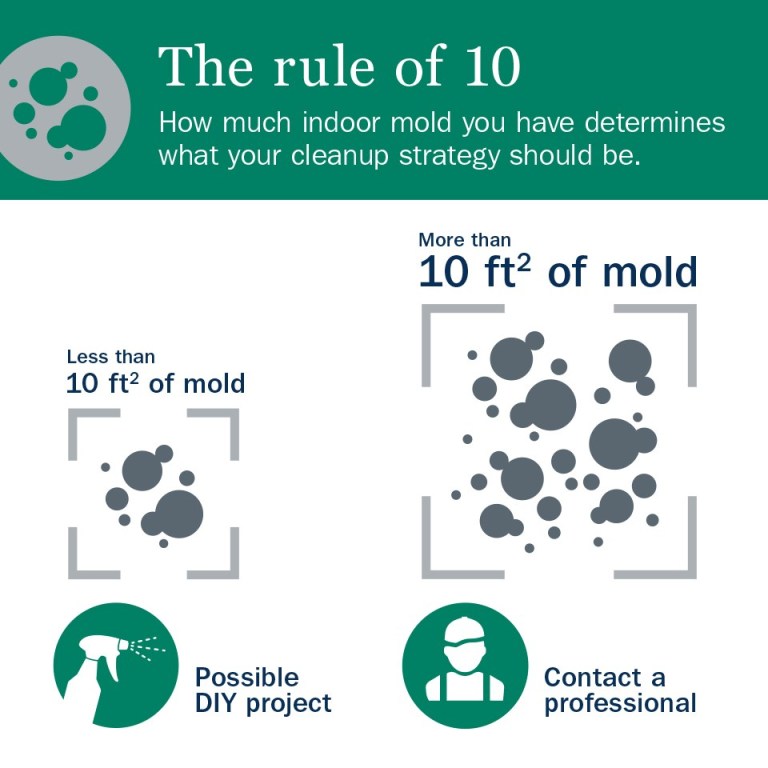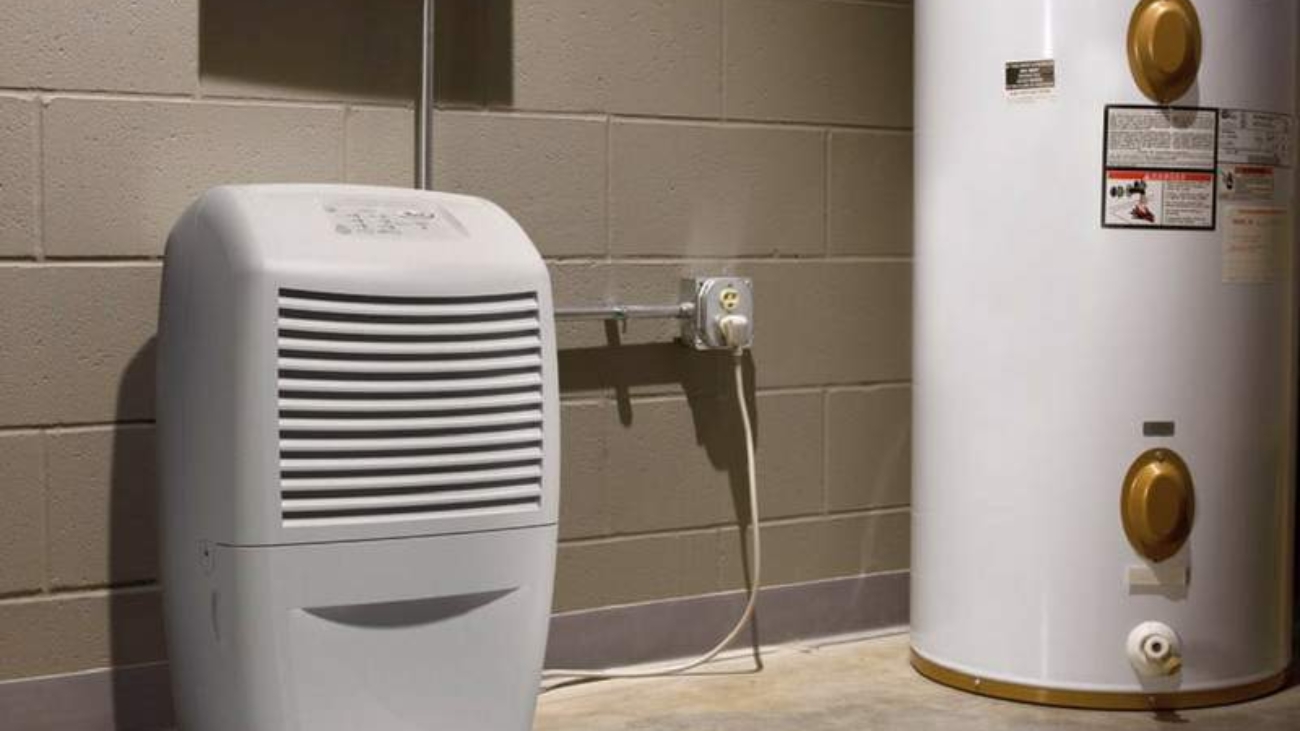Moisture plus warm, interior conditions can lead to the dreaded four-letter word: MOLD. Even in the cooler fall and winter months, mold can take hold behind walls or under floors as a result of water finding its way in through rooves, rotten window frames, improper ventilation or plumbing leaks. For property managers, proactive, exterior maintenance programs that prohibit moisture are the key to good health … and avoiding costly lawsuits.
There is some very interesting reading on the internet, in various books and magazines, and even seminars that address mold and fungus and their effects on construction, re-construction, and the health of people in the buildings where mold is found to be growing. The Center for Disease Control has compiled a lot of useful information on the effects of mold and how to test for it.

Cleaning solutions or mildewcides are more relevant to small homeowner situations that might occur such as the mold and mildew you might need to address in your bathroom. And as a rule of thumb, affected areas of less than 10 square feet can be simply cleaned up using cleaning solutions or mildewcides. However, if the area is over 10 square feet, a professional should be consulted and called in immediately.
Mold is a fungus, but not all fungi are molds. There are black, green and white varieties, gelatinous and furry varieties, opaque and clear varieties. In fact, there are thousands of mold species, but there is one that is considered problematic wherever it presents itself. This mold is called Stachybotrys Chartarum.
Stachybotrys Chartarum has been linked to health issues since the 1930s. The sequence works like this; a musty odor is detected, possible health effects become evident, and the musty odor is traced to a room or an area of a room. The mold infested building components are removed and replaced and the source of the moisture is identified and eliminated. Air quality testing can also be done.
There are a variety of factors involved with this issue; the type of building or where in the building it is growing, the type of mold, and the general health of the people living within those buildings. Air testing and dry residual testing is necessary for all public buildings because insurance companies, lawyers, and doctors will all require this as a base line for future testing levels. However, testing is not always required in order to perform remediation.
Typically, when a mold spore lands or settles on an area, it will remain dormant until it has enough food and water to support growth. If it lands on food (organic material) it will simply wait for moisture to come in contact with it. Once the moisture is present, growth will occur at an alarming rate, taking only days to become a nuisance.
There are two key points to be considered when doing mold remediation when the affected area has not been subjected to gross water problems (i.e. leaks in plumbing, HVAC, roof, window, wall, or basement). These are (1) the temperature and (2) the %RH (relative humidity).
For unique temperature situations consider the room or section of a room and then consider the barrier to moisture. For example, a single pane window on a cold day or vinyl wallpaper will sometimes be the root cause of mold because the temperature difference coupled with a substrate that does not have a high MVTR (moisture vapor transmission rate) will lead to mold growth. For unique %RH situations, you must evaluate eaves, attics, crawlspaces, and cold pipes in the summer and basements, to root out all sources of water development.
Most of the building materials present in our buildings (except brick, concrete, and steel) are considered a food source for mold. The best prescription for preventing moisture intrusion and mold formulation is a preventative maintenance program utilizing consultants and professionals qualified in building envelope technology and mold detection/remediation in combination with trusted on-call licensed contractors.
If you have new construction or a remodeling project in the horizon, working with a qualified, licensed contractor will help you prevent any moisture from entering the building. There are many construction materials marketed as “mold-resistant” today, including mold-resistant wood, drywall, paint, carpet, caulk and other sealants. A well-ventilated, dry environment will save on costly remediation services in the future.



